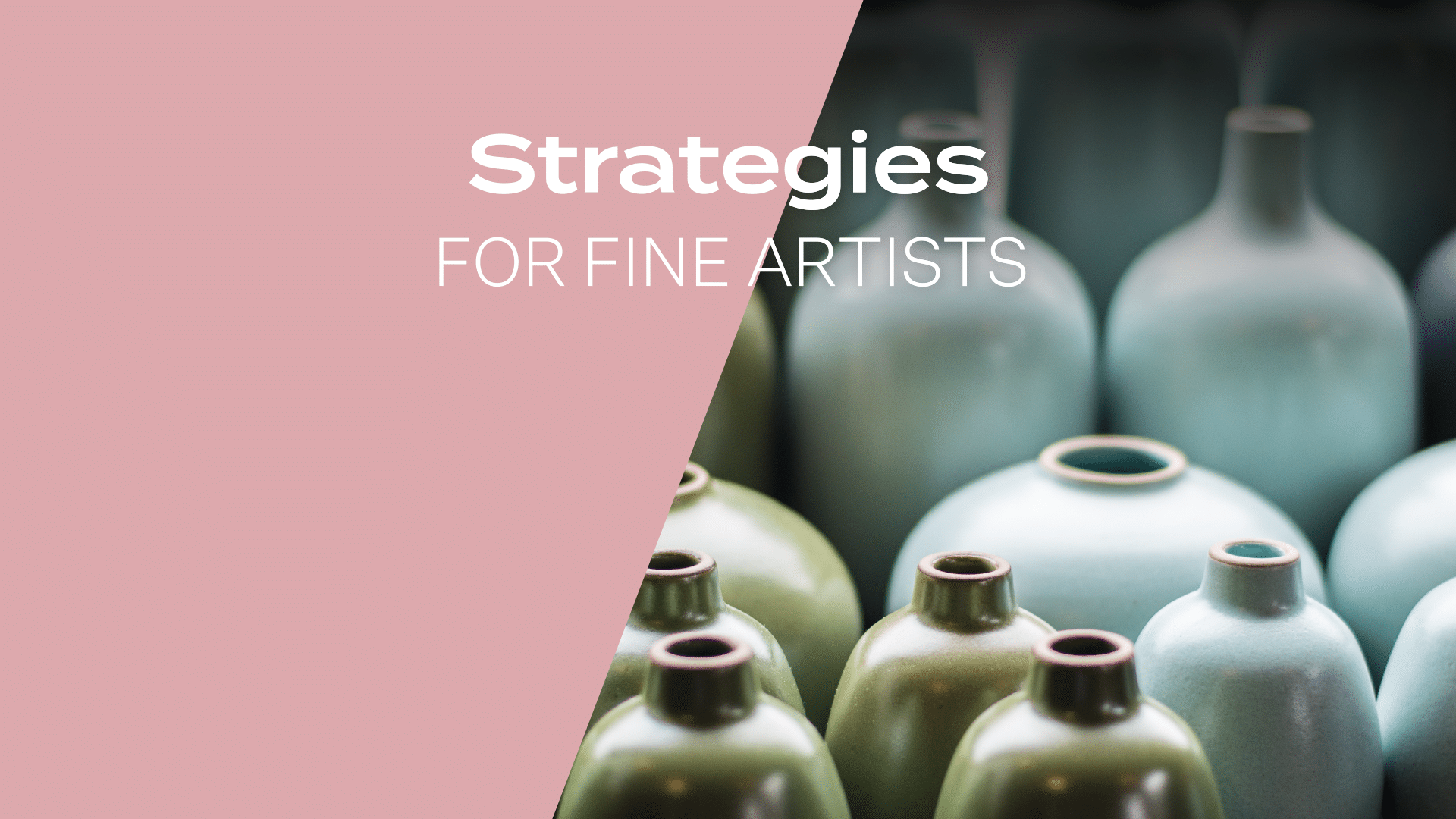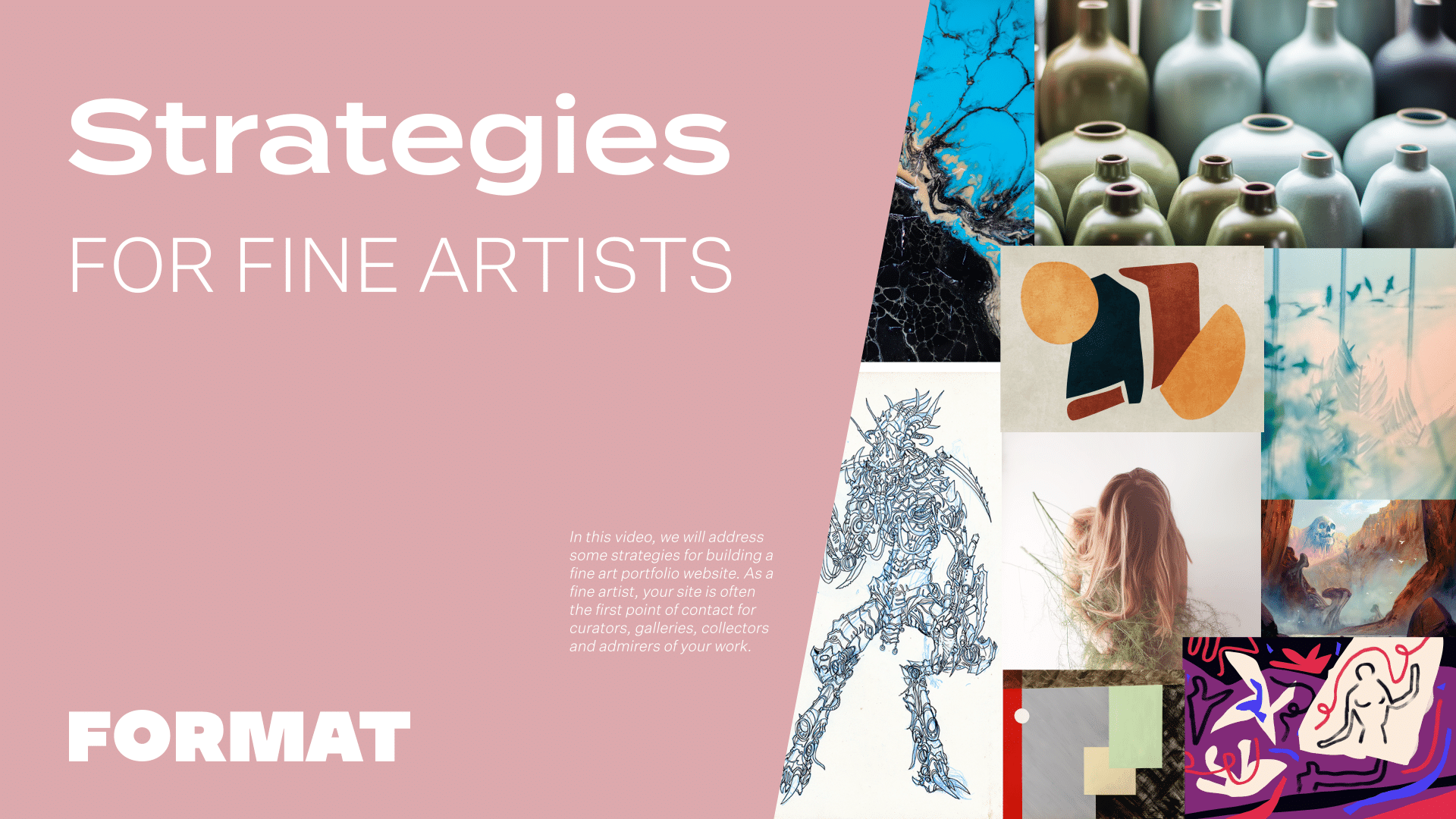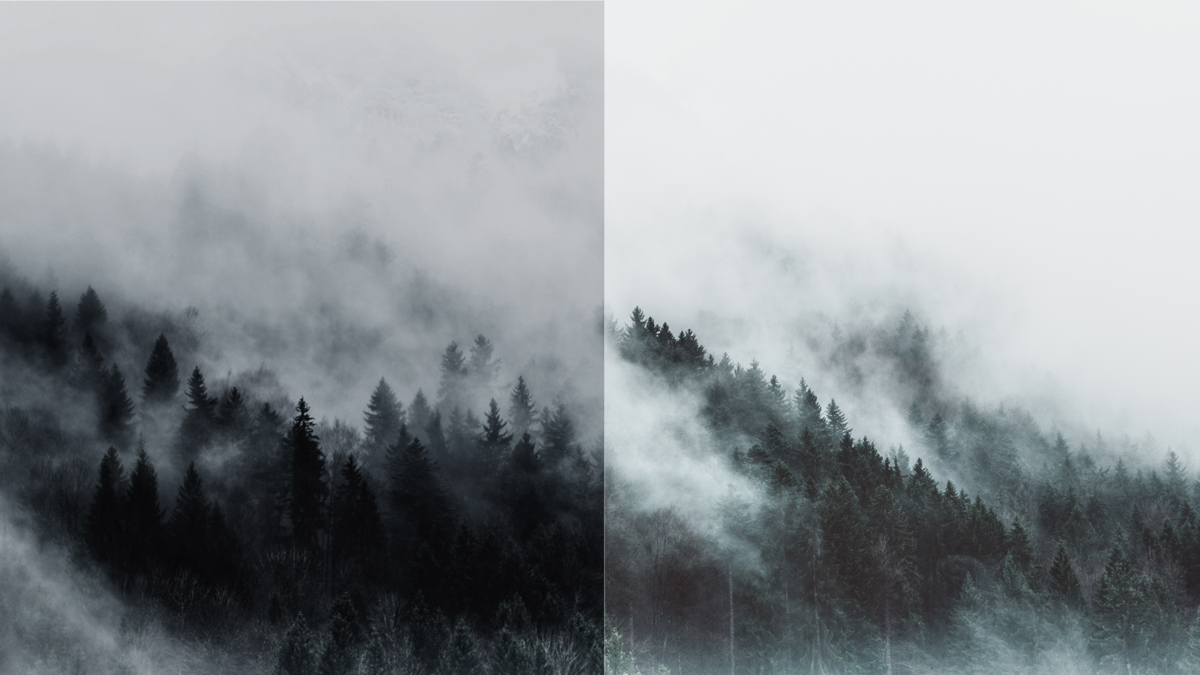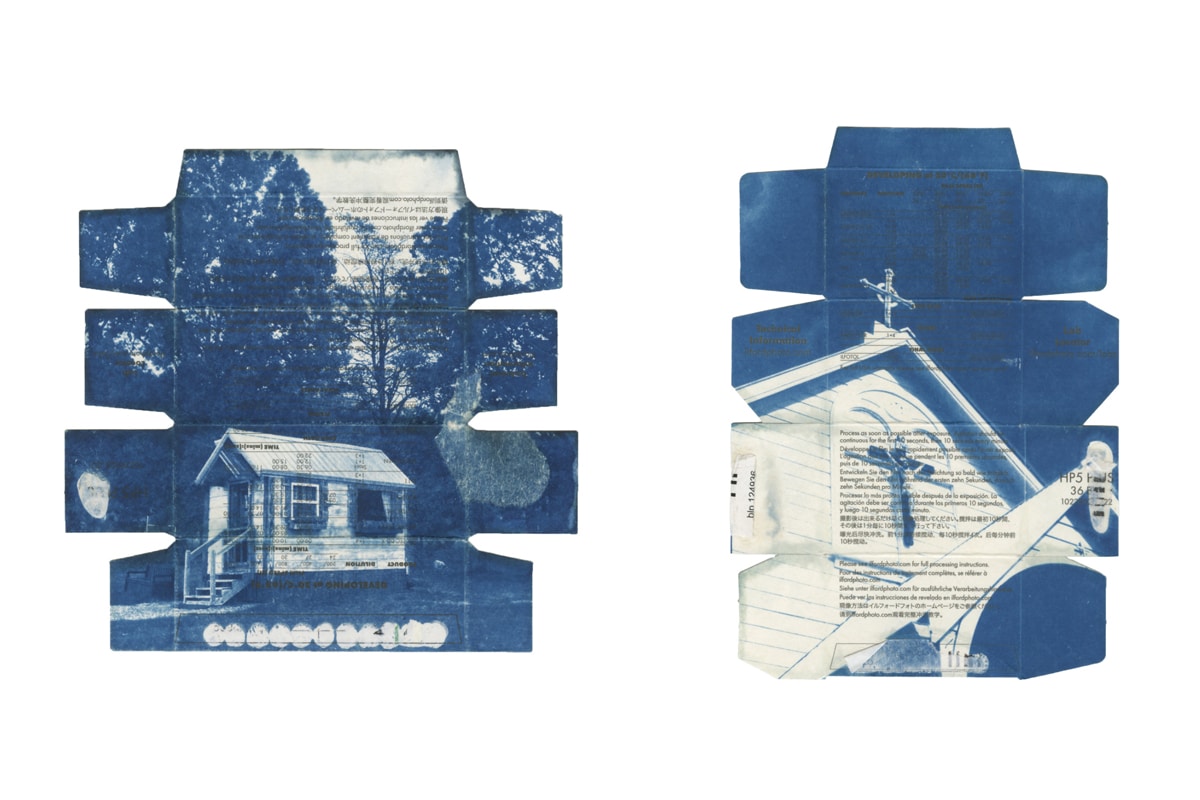In diesem Video werden wir einige Strategien für die Erstellung einer Kunstportfolio-Website vorstellen. Als Künstlerin oder Künstler ist deine Website oft die erste Anlaufstelle für Kuratoren, Galerien, Sammler und Bewunderer deiner Arbeit. Deshalb ist es wichtig, dass deine Website deine Arbeit und deine Leistungen richtig darstellt und gleichzeitig optisch ansprechend und benutzerfreundlich ist.
In diesem Video werden wir besprechen, wie du eine Website erstellen kannst, die deine einzigartigen Talente hervorhebt. Hier sind ein paar Schlüsselfaktoren, die du beachten solltest:
Finde ein Thema, das zu dir passt
Themen auf Format beeinflussen das Layout deiner Galerieseiten, deines Menüs und deiner Sammlungsseiten. Die Attribute und Anpassungsmöglichkeiten variieren von Thema zu Thema, daher ist es eine gute Idee, eine Vorschau der Themen zu erstellen, um diese mit deinen eigenen Bildern zu testen. Lade ein paar Bilder auf einer Galerieseite hoch und wechsle zwischen den Themes, um ein Layout zu finden, das dir am besten gefällt.
Für bildende Künstlerinnen und Künstler empfehle ich in der Regel einen großflächigen vertikalen oder horizontalen Bildlauf. Das gibt deiner Seite das Gefühl einer Online-Ausstellung - für diesen Look empfehle ich Themen wie Stockholm, Ora und Horizon Left.
Manche Künstler entscheiden sich für eine gekachelte Übersicht, die sich zu einer Diashow öffnet. Für diesen Look empfehle ich Themen wie: Amazon, Peak und Object.
Eine Sammlungsseite erstellen
Gruppiere deine Arbeit zunächst so, wie es für dich sinnvoll ist. Hier sind einige der gängigsten:
- Ausstellung/Serie
- Medienart
- Jahr
Erstelle dann eine Sammlungsseite, um diese Gruppierungen zu präsentieren.
Wenn du viele Arbeiten auf deiner Website hast, gruppiere sie so, dass sie die beste Geschichte über deine Praxis erzählen. Bist du ein Künstler, der in Serien arbeitet? Arbeitest du mit verschiedenen Medien? Oder willst du eine Chronologie aufzeigen? Erstelle eine Galerieseite für jeden Bereich deines Schaffens und verbinde diese dann auf einer Sammlungsseite miteinander.
Eine Sammlungsseite ist eine Bildnavigation. Wenn es möglich ist, empfehle ich Sammlungsseiten anstelle von Dropdown-Menüs, denn so können sich die Leute einen Überblick über deine besten Arbeiten verschaffen, und es sieht auf dem Handy viel besser aus.
Kuratieren ist der Schlüssel
Der größte Fehler, den ich auf den Websites von Künstlerinnen und Künstlern sehe, ist, dass sie alle Werke, die sie je gemacht haben, auflisten. Kurze, prägnante Galerien sorgen für ein tolles Nutzererlebnis auf deiner Website. Versuche, deine Galerieseiten auf etwa 20 Bilder pro Seite zu beschränken.
Und wenn du ein aufstrebender Künstler bist, der gerade erst anfängt, solltest du dich nicht davor scheuen, eine einzige Galerieseite auf deiner Website zu haben. Du solltest nur dann mehrere Galerien auf deiner Website haben, wenn es der Darstellung deiner Arbeit dient. Wenn du nur deine besten Arbeiten zeigst, zeigst du Selbstvertrauen und eine klare Richtung in deinem Schaffen.
Verwende Beschriftungen und Textelemente, um deine Projekte mit Anmerkungen zu versehen
Du siehst oft, dass Künstlerinnen und Künstler ihre Statements auf separaten Seiten veröffentlichen. Überlege dir stattdessen, ob du die Texte nicht in deine Galerieseiten einbinden solltest, damit die Besucher deiner Website den Text mit dem Werk in Verbindung bringen. Stell dir das wie die didaktischen Tafeln in Museen vor - am besten ist es, wenn du den Kontext zu deinem Werk lieferst.
Auf deinen Format-Seiten gibt es viele Möglichkeiten, Text hinzuzufügen. Füge Textunterschriften zu deinen Bildern hinzu und verwende Textelemente innerhalb eines Galerie-Feeds für längere Textblöcke wie Künstlererklärungen und Essays. Wenn du mehr Formatierungsmöglichkeiten benötigst, bieten dir benutzerdefinierte Seiten zahlreiche Werkzeuge zum Einfügen von Bildern und Text.
Benutzerdefinierte Seiten für Kontakt-, Über uns- und CV-Seiten
Benutzerdefinierte Seiten sind genau das, wonach sie klingen: anpassbare Seiten, auf denen du mit verschiedenen Inhaltsblöcken dein eigenes Layout erstellen kannst. Künstlerinnen und Künstler verwenden benutzerdefinierte Seiten häufig für Kontakt-, Info- und Lebenslaufseiten. Wenn du zum ersten Mal eine benutzerdefinierte Seite erstellst, hast du die Möglichkeit, von Grund auf neu zu beginnen oder eine Vorlage zu verwenden - beide Optionen sind vollständig anpassbar. Besonders für Lebensläufe empfehle ich dir, eine unserer Vorlagen zu verwenden. Diese Vorlagen wurden von unseren Designern so gestaltet, dass sie bei der Optimierung für Mobilgeräte gut aussehen.
Wenn du diese Seiten erstellst, solltest du daran denken, wie die Absätze und Abschnitte für die mobile Anzeige angeordnet werden. Wenn du an einer Seite arbeitest, klicke auf "Design bearbeiten" und schalte auf die mobile Anzeige um, um dein Seitenlayout zu überprüfen.













